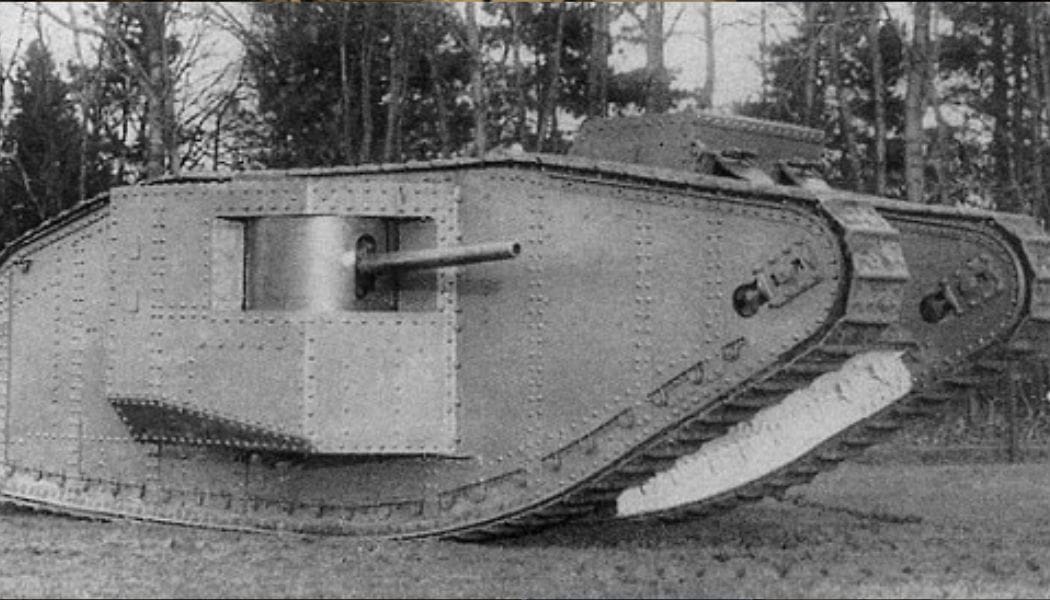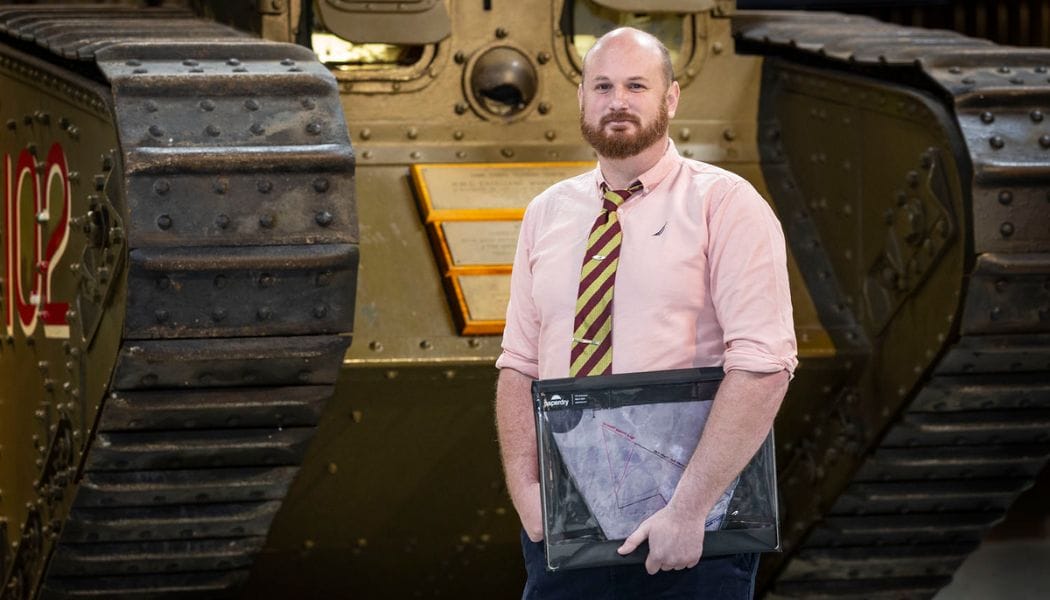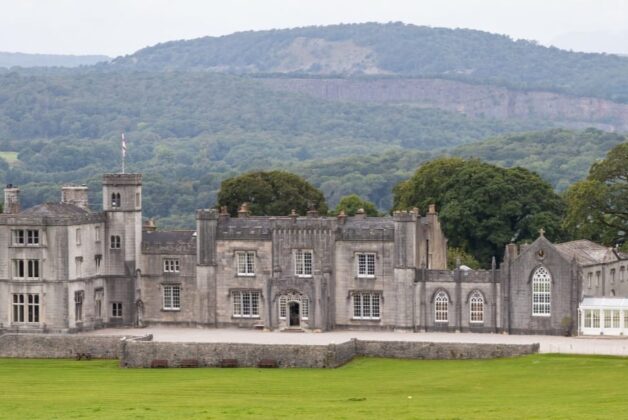Sgt A Cherrett (The Tank Museum)
Clues found in the museum’s collection suggest the world’s first successful tank could be buried beneath the museum’s own grounds
The Tank Museum has announced the launch of a research project to conclude the fate of the world’s first successful tank prototype.
Known as ‘Mother’, the tank is thought to have been scrapped in the salvage metal drive of the Second World War.
But anecdotal stories suggest it may in fact still complete, buried somewhere on Bovington Camp, the British Army military base in Dorset in which the museum is based.
The ‘Operation Mother’ research project is now set to determine the fate of the Mark I tank, developed in 1915. It is being set up and is run by Sgt Cherrett. The Museum is helping raise awareness of the project and continuing to support Sgt Cherrett’s research through its archives.
The project is in search of the tank, also known as ‘H.M.L.S. Centipede’ and ‘Big Willie’, which disappeared somewhere in the late 1930s or early 1940s, the museum said.
Sgt. A Cherrett, project director for ‘Operation Mother’ said: “It has long been accepted that Mother was unceremoniously torn apart by ‘overzealous scrappers’ during the WWII scrap metal drive. She was parked alongside other historically important tanks in the first ‘Tank Museum’ outside the D&M wing in Bovington “
“However, whispers have persisted around the garrison that she may have been secretly hidden away to keep her out of the scrappers’ hands. But no one knew who, how, or where she was hidden. This is what Operation Mother intends to uncover.”
“In our free time, we tirelessly explored archives across the country, digging through letters, photograph albums, documents, and engaging with historians, military researchers, authors, archaeologists, and tank enthusiasts. Our goal was to uncover any clues that might shed light on the fate of Mother.
“After months of research, it seemed like we had hit a dead end. We couldn’t find any definitive evidence to prove either that she had been scrapped or buried—until we made a breakthrough.
“During one of our many dives into The Tank Museum’s Archives, we rediscovered a letter written by Lt. Col. N. M. Dillon in the Tank Journal. The letter was titled ‘The Graincourt Gun’, and it contained a key passage:
“…a similar burial took place at the old RTR Museum. Major Bill Brannon found the scrap metal staff beginning to demolish some of the old tanks. It was noon, and they knocked off for lunch. Meanwhile, Bill organised a towing tank and pulled out four of the oldest tanks and buried them in the driving area. These four included Mother and Musical Box…”
“So, could the rumor be true? Could Mother still be buried out there? We believe Lt. Col. Dillon to be an extremely credible source.
“After finding this new evidence, we believe we are left with one option: to go and search for Mother ourselves. The team wants to conduct a search of the area, but as enthusiastic and as committed as we are, we are not qualified to carry out the investigation ourselves.”

The research team now plan to employ a professional archaeology team to conduct the search, using advanced drone-mounted technologies such as ground-penetrating radar and magnetometer survey kits, along with other non-intrusive techniques.
Sgt. Cherrett said any findings, whether physical artefacts or historical insights, will be made fully public to benefit both the historical and academic communities.
“Our ultimate goal is to recover the first tank, Mother, preserve her for future generations, and help celebrate the remarkable story of her creation and legacy,” said Sgt. Cherrett.





